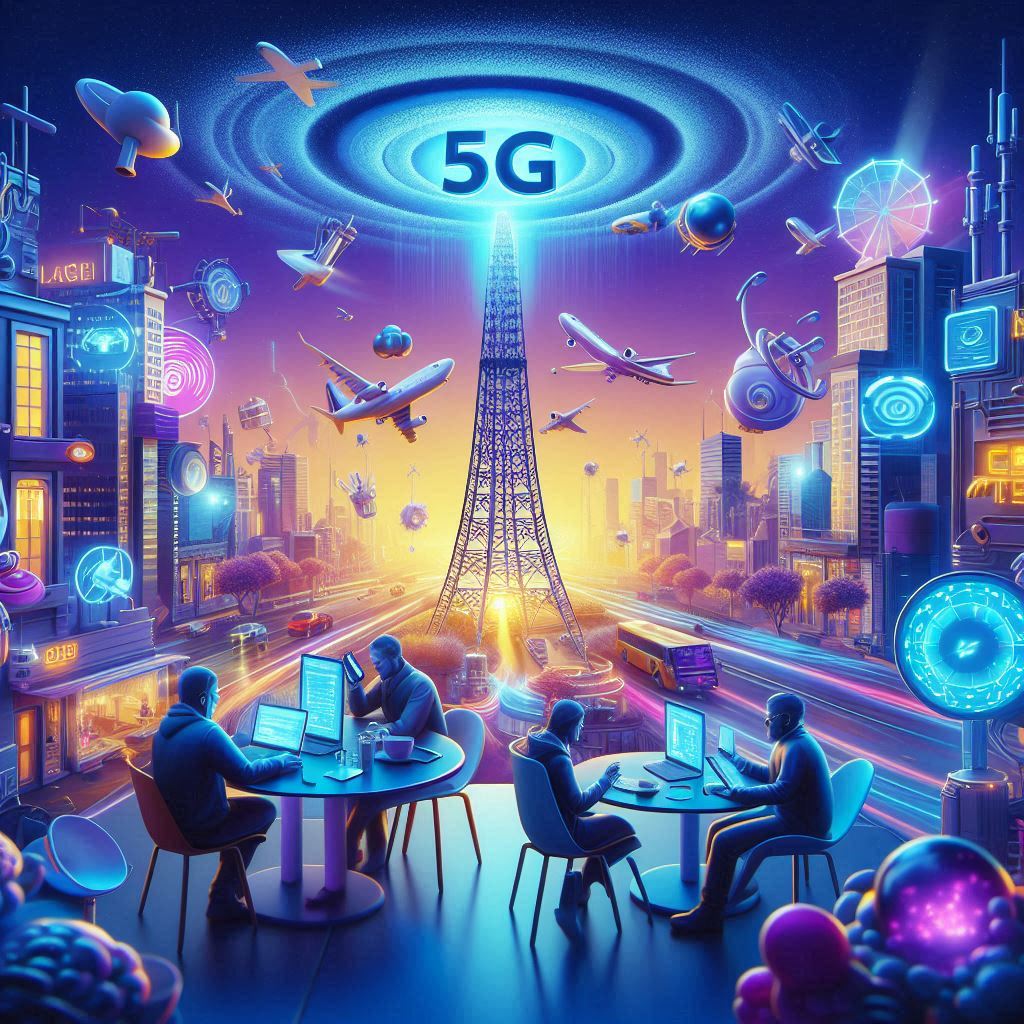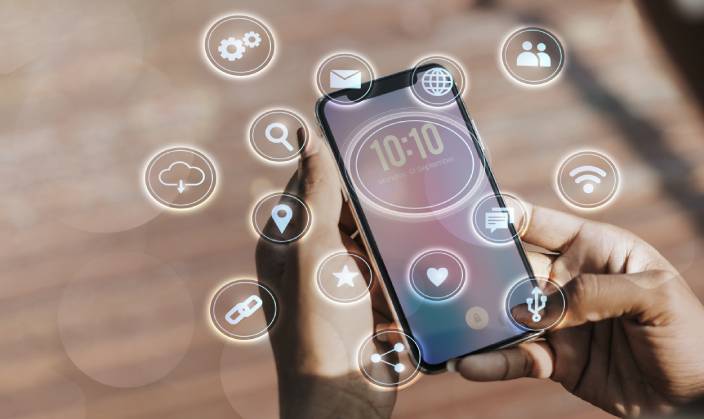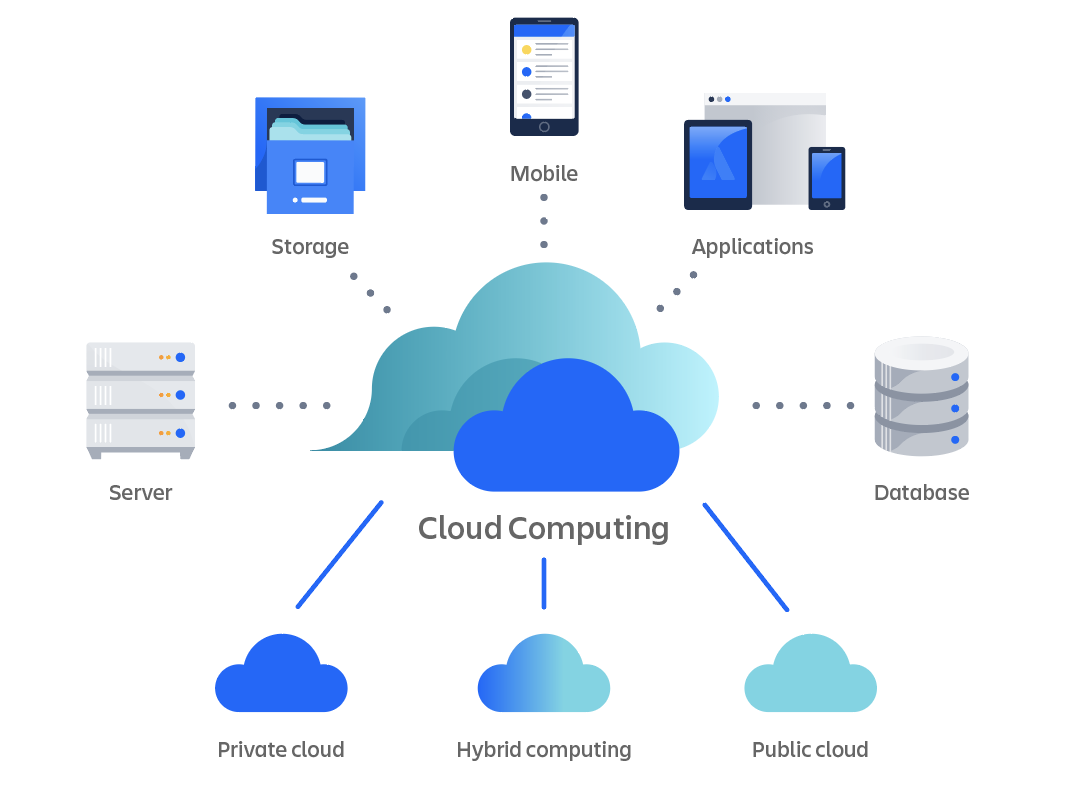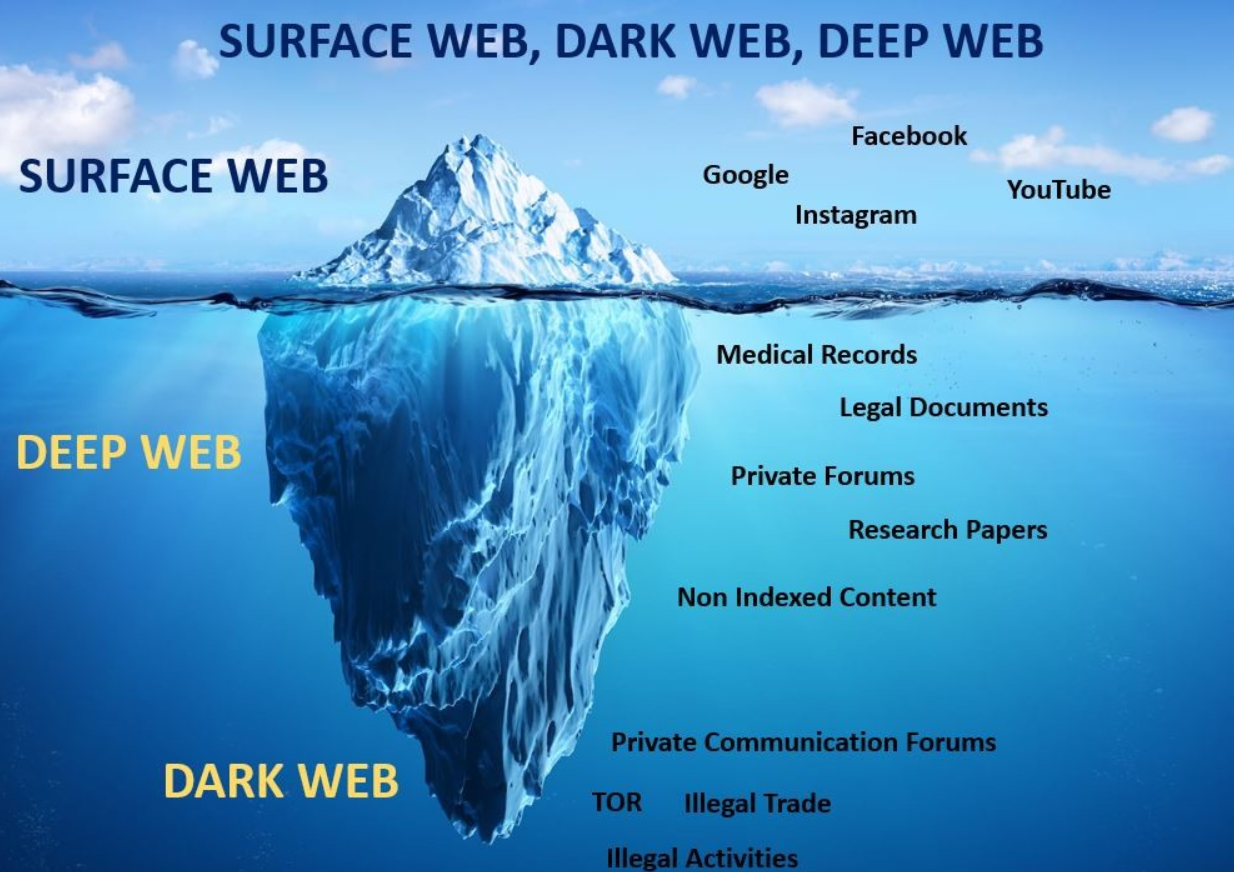
A Walk Through Time: How India Went Online
Imagine this: It’s the early 2000s. You’re standing outside a small shop with a glowing sign that says “Cyber Café”. Inside, rows of bulky computers sit on old wooden desks, their screens flickering with slow-loading web pages. The sound of keyboards clacking and the occasional “ding” of Yahoo Messenger fill the air. This was the Internet in India two decades ago—a privilege, a luxury, and a fascinating new world.
Today, the story is completely different. We unlock our smartphones, tap a few times, and instantly watch videos, make video calls, order food, book rides, and even attend online classes. The internet has become an inseparable part of our lives. But how did we get here? How did India move from cyber cafés with dial-up connections to superfast 5G networks that run in our pockets?
Let’s take a trip back in time and see how the internet evolved in India.
The 90s: The Birth of the Internet in India
1995 – The First Internet Connection
The internet officially arrived in India on August 15, 1995 (yes, on Independence Day!) when Videsh Sanchar Nigam Limited (VSNL) launched the first public internet service.
Back then, if you wanted the internet, you needed:
- A landline phone
- A modem (a small device that connected your computer to the internet)
- A lot of patience
People would dial a number on their landline, and after some strange beeping noises, the internet would connect. But there was a catch—if someone picked up the phone in the middle of your session, the internet disconnected immediately!
And guess what? The speed was just 9.6 kbps (kilobits per second). Today, 5G can go up to 10 Gbps (gigabits per second). That’s a million times faster!
1998 – Cyber Cafés Appear
Most homes didn’t have internet because it was too expensive. Instead, people went to cyber cafés and paid around ₹20-₹30 per hour to use the internet.
Cyber cafés became a hangout spot for college students, job seekers, and curious teenagers. People used it to:
- Create Yahoo! and Hotmail accounts
- Send emails (which was a big deal back then!)
- Search for information on websites like AltaVista (Google wasn’t popular yet)
- Chat with strangers on MSN Messenger
But web pages took forever to load, and streaming videos? Forget about it!
The 2000s: Broadband Enters the Scene
2004 – The Rise of Broadband (512 kbps to 2 Mbps)
India got a game-changer in 2004—broadband internet. No more dial-up tones, no more phone disconnections. BSNL, Airtel, and other telecom providers started offering unlimited plans at 512 kbps to 2 Mbps speeds.
This decade saw huge changes:
- Google and Orkut became popular.
- YouTube launched in 2005, but most people still couldn’t stream smoothly.
- Facebook arrived in 2006, but it was only for college students at first.
- Online gaming (like Counter-Strike) became popular in cyber cafés.
Despite these improvements, most people still relied on cyber cafés. Having an internet connection at home was still a luxury.
The 2010s: The Mobile Internet Revolution
This was the decade when the internet truly reached the masses. It wasn’t just for cyber cafés or rich households anymore—it became a necessity.
2012 – The Rise of 3G
By 2012, 3G networks were available across India, and mobile internet speeds jumped from kbps to Mbps. This was when people started:
- Using Facebook and Twitter regularly
- Watching YouTube on mobile (but buffering was still an issue)
- Shopping online on Flipkart and Snapdeal
2016 – The Jio Revolution
Then came Reliance Jio, and everything changed overnight.
Before Jio, mobile data was super expensive—1 GB of data cost around ₹250! Most people could only afford 1-2 GB per month.
But in 2016, Jio launched 4G with free data for six months. Suddenly, everyone had access to unlimited internet at high speeds. This led to:
- A huge boom in smartphone users
- The explosion of YouTube, Instagram, and TikTok
- The rise of online payments and UPI
This was the moment when India truly became digital.
The 2020s: 5G and Beyond
2022 – 5G Arrives in India
Now, we have entered the 5G era. Launched in 2022, 5G is:
- 100x faster than 4G
- Has almost zero buffering
- Enables instant downloads and high-quality video calls
With 5G, we are seeing new possibilities like:
- Cloud gaming (playing high-end games without downloading them)
- Smart cities with connected devices
- AI-powered automation in homes, factories, and hospitals
From waiting 10 minutes to load a single image in a cyber café to streaming 4K movies instantly, India has come a long way.
What’s Next?
The internet will keep evolving. Some upcoming trends include:
- 6G by 2030 – Even faster than 5G!
- More AI-powered services – AI assistants will do most of our online work.
- Space Internet – Companies like Starlink (by Elon Musk) are launching satellites to provide internet in remote areas.
Conclusion: A Digital India
From cyber cafés to 5G, the internet in India has gone from being a luxury to a necessity. Today, whether it’s education, business, entertainment, or healthcare, everything depends on the internet.
As we move forward, one thing is clear:
The internet isn’t just a tool anymore—it’s a way of life.
So, the next time you complain about slow WiFi, just remember—25 years ago, people paid ₹30 per hour just to check their email.
We’ve come a long way, and the best is yet to come.



Leave a Reply